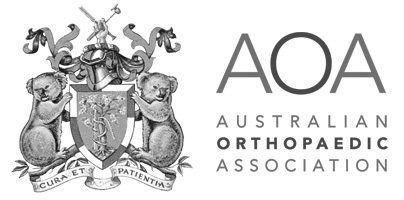Treatment for Hip Dysplasia
Developmental hip dysplasia (DDH)
Developmental dysplasia of the hip (DDH) or Hip dysplasia is a condition which is seen in infants and young Children as a result of developmental problems in the hip joint. The femur (thigh bone) partially or completely slips out of the hip socket causing dislocation at the hip joint. It is most common in first born baby with family history of the disorder. The exact cause for hip dysplasia is not known. Genetic factors play an important role in causing this birth defect. DDH can be mild or severe and can affect one or both hips. It is more common in girls and usually affects the left hip. DDH does not cause any pain and so the condition may not be noticed until the child starts to walk.
The common symptoms of hip dysplasia include:
- Position of the legs may differ (dislocated hip may cause leg on that side to turn outwards)
- Restricted movement on the side of hip dislocation
- The leg may appear shorter on the side where hip is dislocated
- Skin folds of fat on the thigh or buttocks may appear uneven.
Perthes Disease
Legg-Calve-Perthes Disease (LCPD) or Perthes disease is a disorder of the hip that affects Children, usually between the ages of 4 and 10. It usually involves one hip, although it can occur on both sides in some Children. It occurs more commonly in boys than girls.
Treatment
The goal of treatment for Perthes disease is to keep the femoral head snug in the socket portion of the joint. Nonsurgical treatment options may include rest, activity restrictions, anti-inflammatory medications, casting or bracing, and physical therapy. If nonsurgical treatments don't work, your child may need surgery. Surgery involves lengthening a groin muscle or reshaping the pelvis (osteotomy) depending on the severity of the condition and the shape of the femoral head.
Slipped capital femoral epiphysis (SCFE)
Slipped capital femoral epiphysis (SCFE) is an unusual disorder of the hip where the ball at the upper end of the thigh bone (femur) slips in a backward direction. This is caused due to weakness of the growth plate. This condition is commonly caused during accelerated growth periods such as the onset of puberty.
Treatment
Early diagnosis of SCFE gives a chance to achieve the treatment goal of stabilizing the hip. The treatment is mostly in the form of surgery which prevents any additional slipping of the femoral head until growth stops. Depending on the severity of the condition, your doctor will recommend one of these 3 surgical procedures:
- Placing a single screw in the thigh bone and the epiphysis
- Reducing the displacement of the femoral head and placing screws to hold it in place.
- Removing the abnormal growth plate and avoiding any further displacement with the help of screws.





